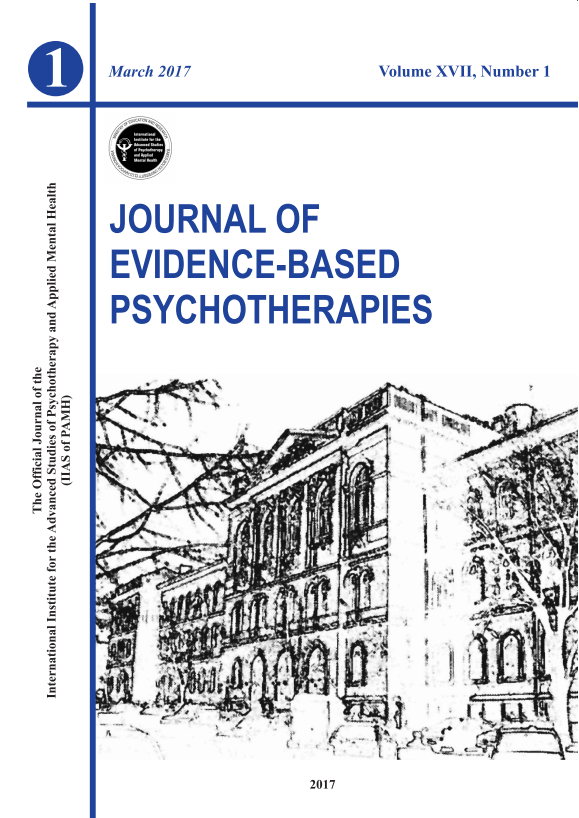tore.aune@bufetat.no
Tore Aune1*, Sigrid Flatås Aune2
1 Norwegian Directorate for Children, Youth and Family Affaires. Faculty of Nursing and Health Sciences, Nord University.
Intervention (CINEICC) Faculty of Psychology and Educational Sciences
2 Norwegian University of Science and Technology. Department of Psychology
Abstract
Few prevention investigations undergo testing of mechanistic hypotheses. To date, no published study has reported the processes underlying the effectiveness of a prevention program aimed at reducing social anxiety in a population-based sample of preadolescents. A parallel multiple mediator model was used to examine the mediation of outcomes from the Norwegian Universal Prevention Program for Social Anxiety (NUPP-SA) by five intermediary variables that well approximate established DSM-5 social anxiety disorder diagnostic criteria. The NUPP-SA works differently for preadolescents with subsyndromal versus syndromal social anxiety. Among the former, the NUPP-SA intervention works via public performance, avoidance, physical/cognitive, and assertiveness factors. For the latter, the NUPP-SA works via the public performance factor. The intervention did not work for either group via the social encounter factor. Universal prevention programs are essential for reducing the impacts of chronic disorders at the individual, institutional, and societal levels. Introducing a universal prevention program in school settings requires validation, including these results demonstrating that the NUPP-SA affects both those with syndromal and subsyndromal social anxiety symptoms via public performance. These results support the notion that many children with subsyndromal social anxiety disorder can be impacted with adequate intervention, which is both feasible and, given the widespread problem with public speaking, suggests a target for universal implementation.
Keywords: mediation, prevention, intervention, social anxiety, adolescents.
Please cite this article as: Aune, T., & Aune, S. F. (2024). UNDERLYING PROCESSES IN THE NORWEGIAN UNIVERSAL PREVENTIVE PROGRAM FOR SOCIAL ANXIETY. Journal of Evidence-Based Psychotherapies, 24(1), 21-42.
DOI: 10.24193/jebp.2024.1.2
Published online: 2024/03/01
Published print: 2024/03/01
